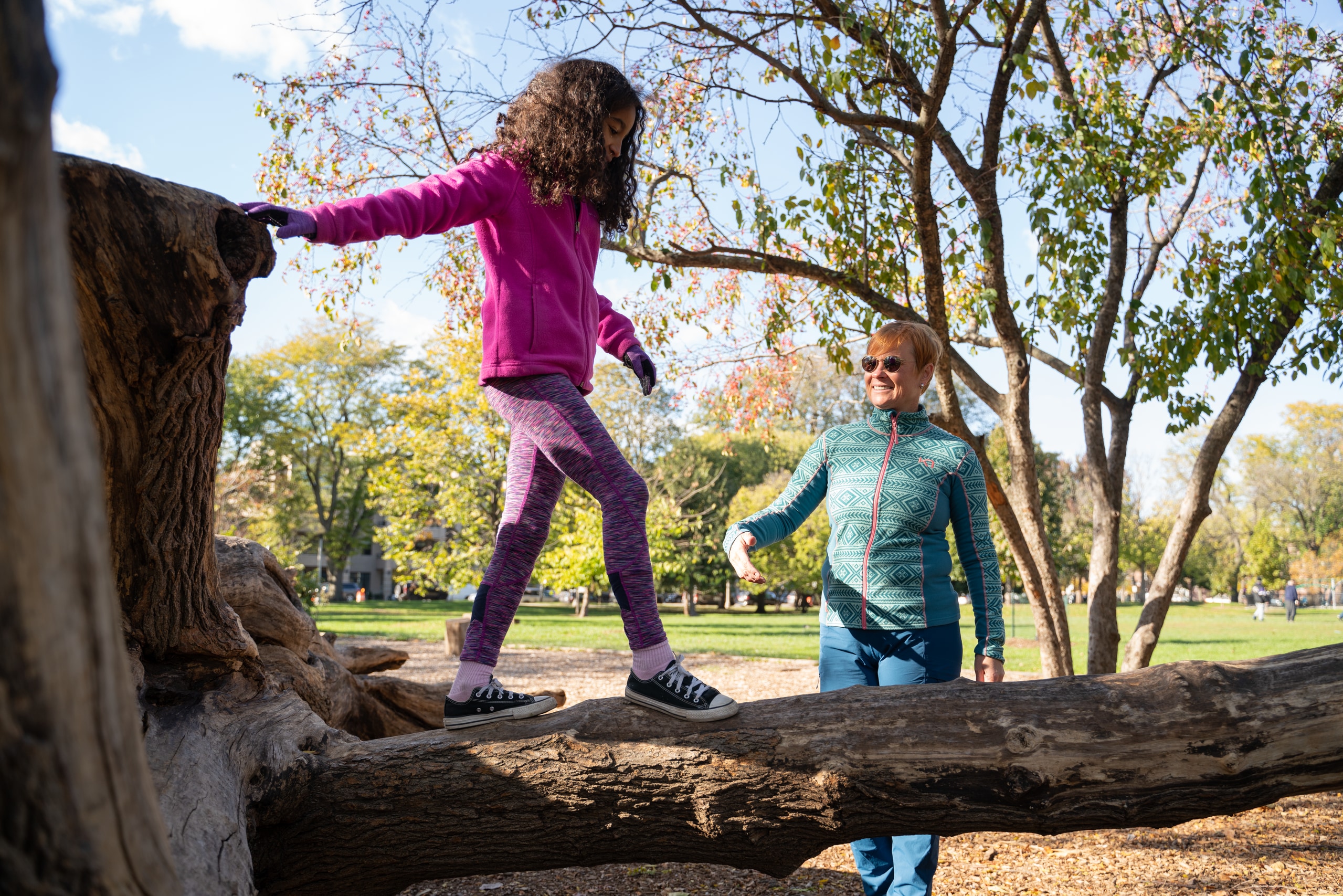
Extreme heat is the #1 weather-related killer in the U.S.
About 12,000 people in the United States die of heat-related causes every year. Without intervention, this will only get worse as longer and more intense heat waves c, turn far too many communities into deadly “heat islands.” Residents of hotter communities contend with higher utility bills, lower home values, dirtier air quality, worse rates of asthma and more. In the most severe days and weeks of the year, these conditions limit outdoor recreation opportunities for people who need them most.
For the places where people are most at-risk to extreme summer heat—like sidewalks, bus stops and city streets—trees are one of our most effective all-natural defenses.
Introduced in July 2025 by Reps. Marilyn Strickland (D-WA) and Mike Lawler (R-NY), the Cool Corridors Act seeks to harness the cooling power of tree canopy to address the growing threats of extreme heat and save lives.
By reauthorizing and expanding the 2021 Healthy Streets Program, the bipartisan bill will fund projects to create tree canopy and heat-mitigating shade infrastructure along roadways and high-traffic pedestrian areas nationwide. This would be a critical step toward making our communities safer, greener and easier for everyone to enjoy quality time outside.